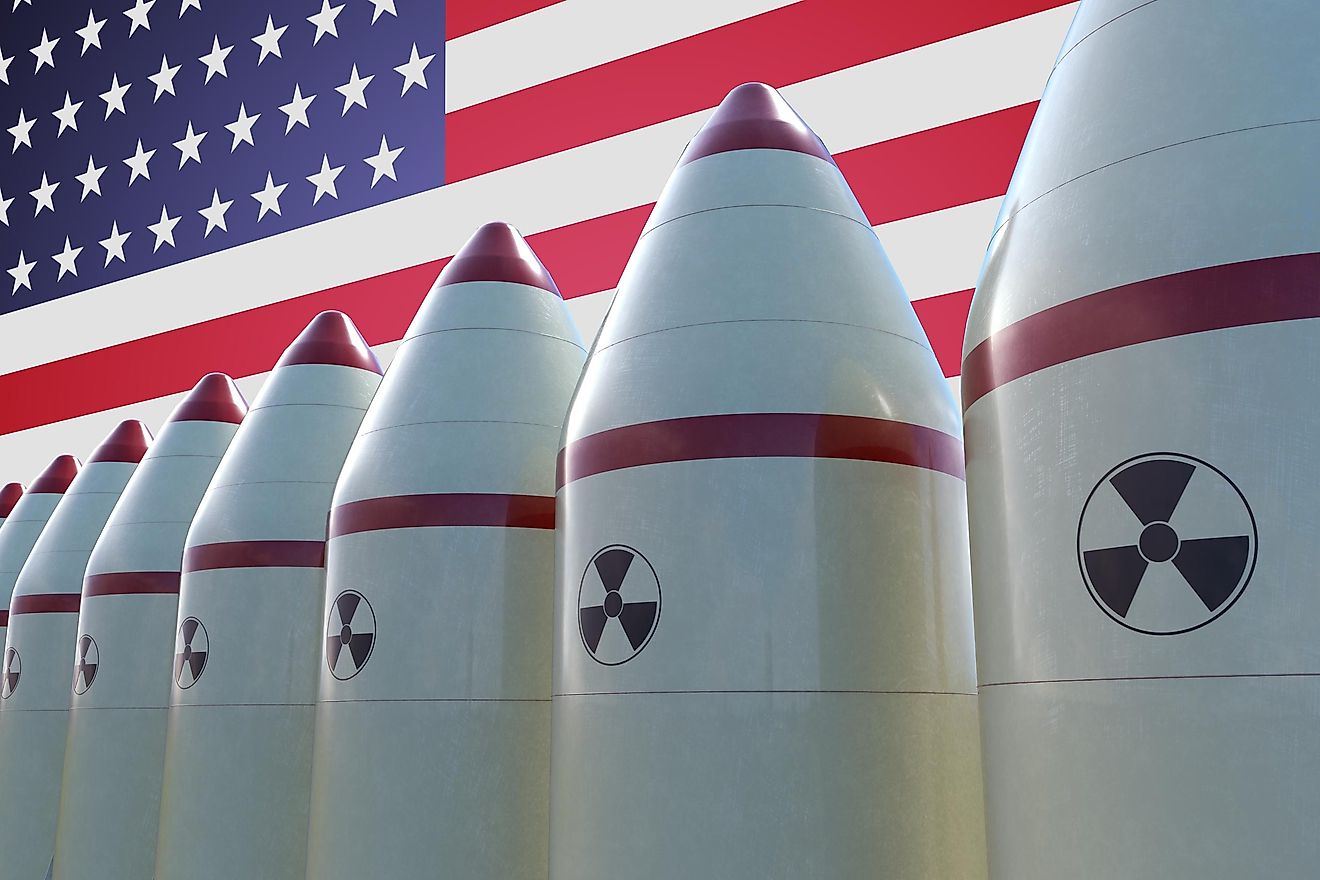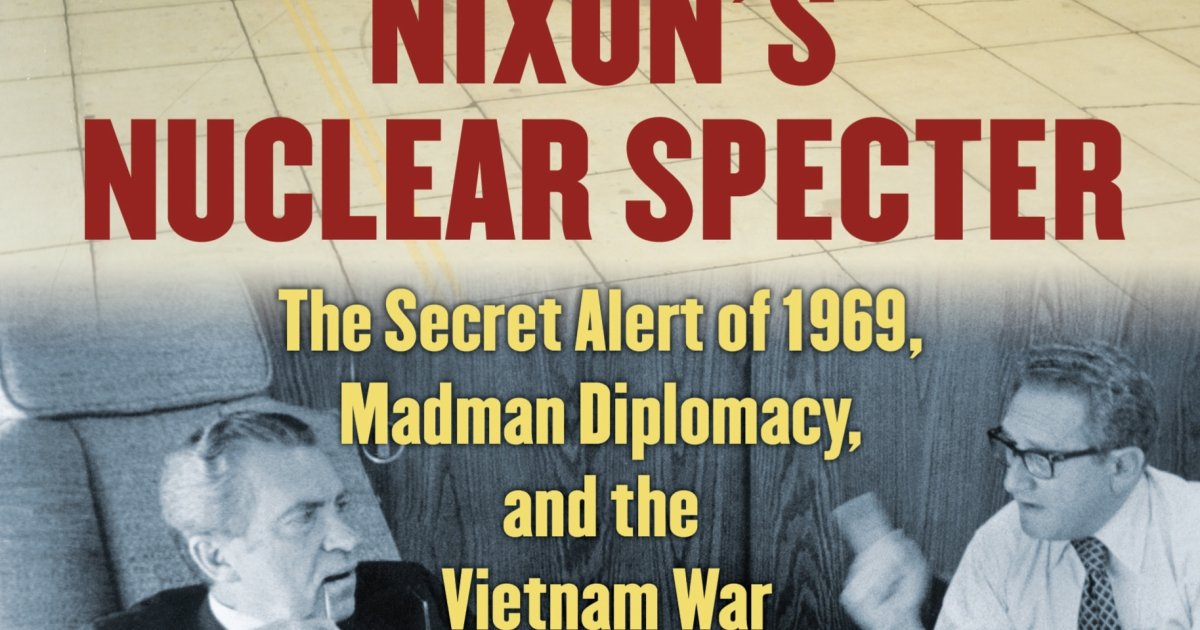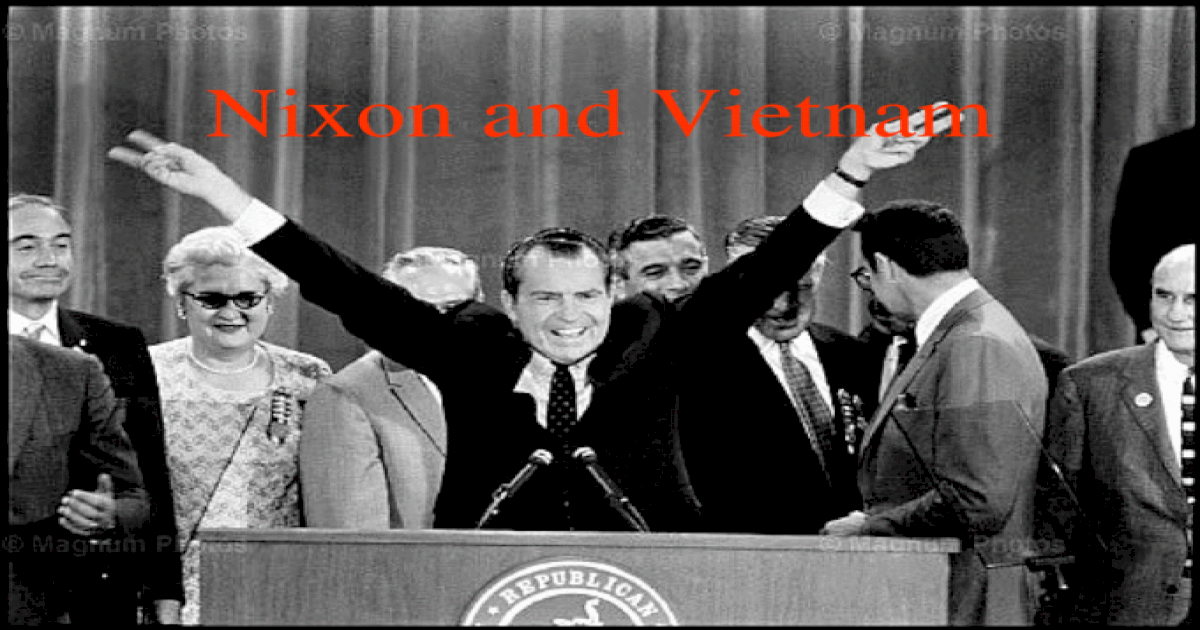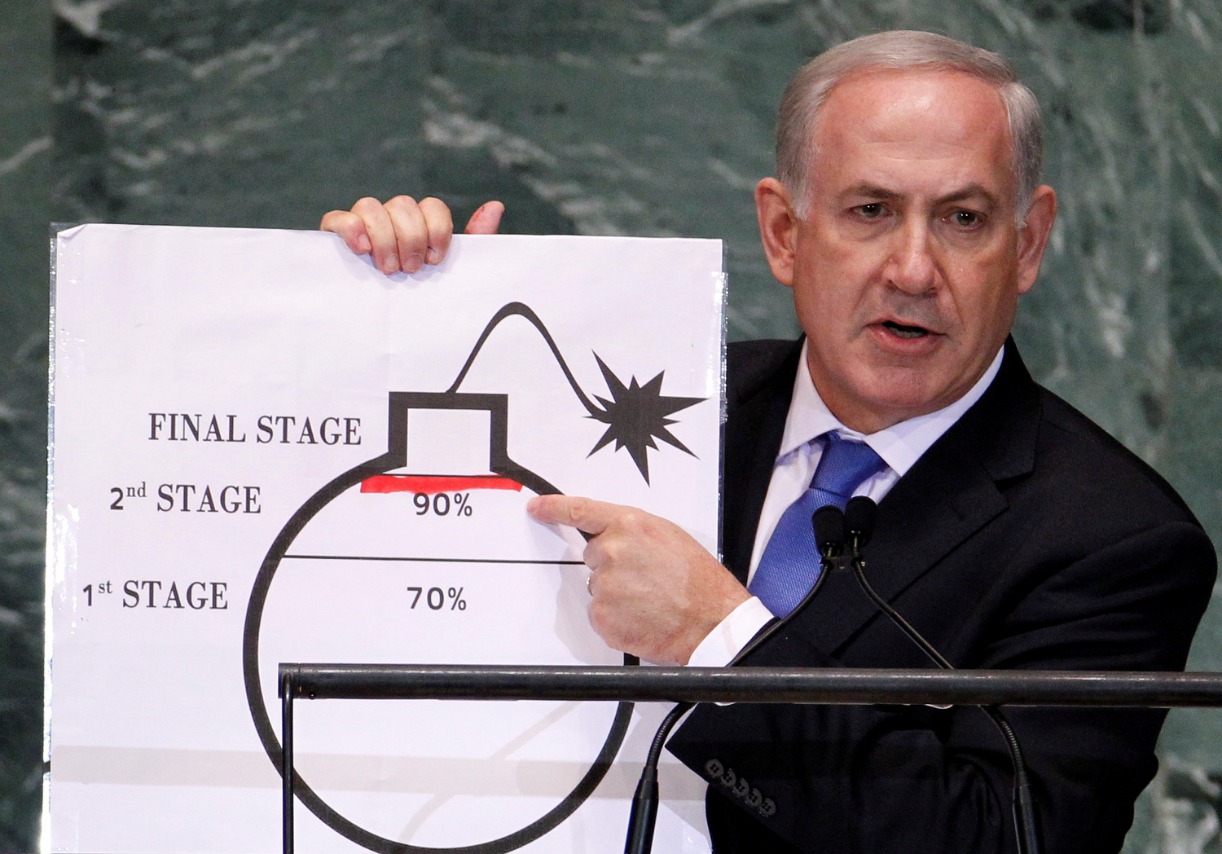
How the US Uses Nuclear Weapons to Dominate the World
Joseph Gerson / The Campaign for Peace, Disarmament and Common Security
Ten days ago or so, based on my book Empire and the Bomb, Ian Sinclair at Morning Star in London asked me to do a written interview with him on the history and roles of the US nuclear arsenal. It was published last week, and I thought to share it with you.
We’ll also be going deeper on Nov. 29 with our in person and virtual “The Urgency of Disarmament” conference with Nobel Peace Laureate Setsuko Thurlow and nuclear weapons abolitionists from the US, Japan, Britain and Germany. Join us if you can.

The US Nuclear Arsenal: Reinforcing the Imperium
Ian Sinclair and Joseph Gerson / Morning Star Online
(November 7, 2023) — While the media has presented Russian President Vladimir Putin’s repeated nuclear threats during the Ukraine war as uniquely reckless, Joseph Gerson highlights how the US has prepared or threatened nuclear war at least 30 times since the end of the second world war.
Ian Sinclair: What is the function of the US nuclear arsenal?
Joseph Gerson: In addition to providing massive profits to the US military-industrial complex, the US nuclear arsenal has two primary purposes: reinforcing the US global imperium and deterring nuclear blackmail or attacks by rival nuclear powers.
The origins of the US nuclear arsenal and the first-use doctrine are instructive. The Manhattan Project was initiated amidst fears that Nazi Germany would create nuclear weapons to be used against the United States and its wartime allies. The idea was to have a US nuclear weapon to deter Nazi use of the apocalyptic weapon.
However, by 1942, US intelligence concluded that Germany would not be able to develop nuclear weapons in time for use during the war. Nonetheless, there was no slackening in the drive to build the US bomb.
Soon after the physicist (and late Nobel Peace Prize laureate) Joseph Rotblat arrived in Los Alamos, General Groves, who led the Manhattan Project, informed him that the bomb project’s target was the Soviet Union.
It is now widely recognised that, as US secretary of war Henry L Stimson said at the time, attacking Japan with nuclear weapons was not necessary to end the war. He explained that Japan was functionally defeated and that Japan’s surrender could be achieved on terms acceptable to the US.
The determinative reason for the Hiroshima and Nagasaki A-bomb nuclear attacks was to bring the war to an immediate end, before Russia could enter the war and gain control of northern China, Manchuria and Korea. It was not the nuclear attacks that led Emperor Hirohito to order Japan’s surrender.
It was the Soviet Union’s declaration of war against Japan on the same day as the Nagasaki A-bombing. And not to be missed was president Truman’s diary entry that with the A-bomb he would have “a hammer over those boys” — the ability to terrorise Soviet leadership.
Can you provide some historical examples of when the US threatened to use nuclear weapons?
US secretary of defence Harold Brown once testified that with the US nuclear arsenal our “conventional weapons” become “meaningful instruments of military and political power.”
Noam Chomsky explained that means that the US nuclear arsenal allows the US to “sufficiently intimidate… anyone who might help to protect people we are determined to attack.”
Daniel Ellsberg, who was once the lead author of the US nuclear war-fighting doctrine, taught that during many US wars and international crises, the US prepared or threatened to initiate nuclear attacks.
I have documented at least 30 times that the US has made such threats and preparations, providing the model for the current Russian nuclear sabre-rattling in its Ukraine war.
A partial list includes the 1948 Berlin blockade, Eisenhower’s 1953 nuclear threat to win the armistice agreement with North Korea and China, and again in 1955 and 1958 during the Taiwan crises.
During the Cuban Missile Crisis, president Kennedy thought that the odds that the US would resort to nuclear attack was between a third and a half.
President Lyndon B Johnson threatened the use of nuclear weapons during the six-day and Vietnam wars.
We had president Richard Nixon’s “madman” nuclear threats mobilisation against Vietnam. And in the 1973 October war [the Yom Kippur war] Henry Kissinger prepared and threatened the use of nuclear weapons.
The post-cold war era included such threats and preparations during the wars against Iraq (including a 1991 threat by [British] prime minister John Major) and against North Korea.

In Empire and the Bomb, you indicate US public opinion likely helped to foil president Nixon’s nuclear threats against Vietnam. Can you explain more?
During his 1968 presidential election campaign, Nixon vowed that he had a secret plan to end the Vietnam war. Few believed him.
But in his diary, Nixon’s chief of staff HR Halderman explained that it was true. It has also been documented by leading figures on Kissinger’s National Security Council staff and others.
Modelled on president Eisenhower’s 1953 threats to North Korea, during the spring and summer of 1969 secret threats were communicated to North Vietnam’s leaders, and plans for “Operation Duck Hook” were put in place.
If Hanoi refused to end the war on Nixon’s terms, it risked nuclear attack or destruction of their vital dam infrastructure.
Several on Kissinger’s staff warned that, given the growing influence of the US peace movement, use of nuclear weapons would trigger massive peaceful protests and widespread domestic violence.
On October 1 [1969], Nixon ordered a nuclear alert and mobilisation which lasted for 29 days, including flying nuclear-armed bombers along the Russian coastline, lining up nuclear-armed B-52 bombers on Strategic Air Command runways so they could be seen by Soviet satellites, and even deploying nuclear weapons to civilian airports across the US.
The danger of a nuclear accident became so great that in the last days of mobilisation, senior Pentagon officials appealed that it be ended.
Parallel to Nixon and Kissinger’s nuclear war planning was intense organising for an escalating series of general strikes, termed “Vietnam moratoriums,” to force Nixon to end the war.
Rallies and marches in which protesters carried the names of the US war dead were held in cities, towns and universities across the country and dominated the media.
On October 15, rallies were held with thousands of protesters, even in conservative bastions like Arizona.
In Washington DC, a quarter of a million people, led by Coretta Scott King, Martin Luther King’s widow, marched along Pennsylvania Avenue to the White House.
There are various explanations about how and why the nuclear alert was terminated, but in his memoir, Nixon confessed that “I knew for sure that my ultimatum failed… [when] a quarter of a million people came to Washington.”
Little did we know that we played a powerful role in preventing catastrophic nuclear attacks, even if it took the Vietnamese and our movement more years to end the terrible war.

Empire and the Bomb was published in 2007. What is your assessment of US nuclear policy since then? Does the US still use nuclear weapons to dominate the world?
As has been the case since the Soviets tested their first atomic bomb, US nuclear weapons policies continue to serve two functions: deterrence and reinforcing the imperium.
In 2010, president Obama made a deal with Senate Republicans to replace and upgrade the US nuclear arsenal and all three legs of the nuclear triad in exchange for their support of the New START Treaty.
The pact limits the number of strategic nuclear weapons to 1,550 — more than enough to cause a nuclear winter. This includes the upgraded B-61-12 warheads now being deployed in Europe and Britain.

US post-cold war nuclear threats were made in the run-up to the 1991 and 2003 wars against Iraq to ensure that US and allied troops being assembled in the Middle East for those wars were not attacked.
Today, as we face the danger of the Gaza war becoming a regional war including Iran, we can be sure that Iranian policy-makers are well aware that in a worst-case scenario, the US or Israel (which threatened the use of its “Temple Weapons” during the 1973 October war) could respond to attacks with tactical nuclear weapons or use precision and devastating “conventional” weapons in an effort to destroy Iran’s nuclear infrastructure.
[Ex-US National Security Council official] Fiona Hill recently lectured that the Pax America era is over as we enter the still uncertain multipolar era.
In Ukraine, Russia — whose GDP barely exceeds that of Australia — has demonstrated that a nuclear arsenal can limit or prevent other nations from coming to the aid of a country it is determined to attack.
The same applies to Iran today. And the US first-strike doctrine and arsenal are seen as the guarantor that Taiwan can be defended against a possible Chinese invasion.
Joseph Gerson is president of the Campaign for Peace, Disarmament and Common Security (www.cpdcs.org).